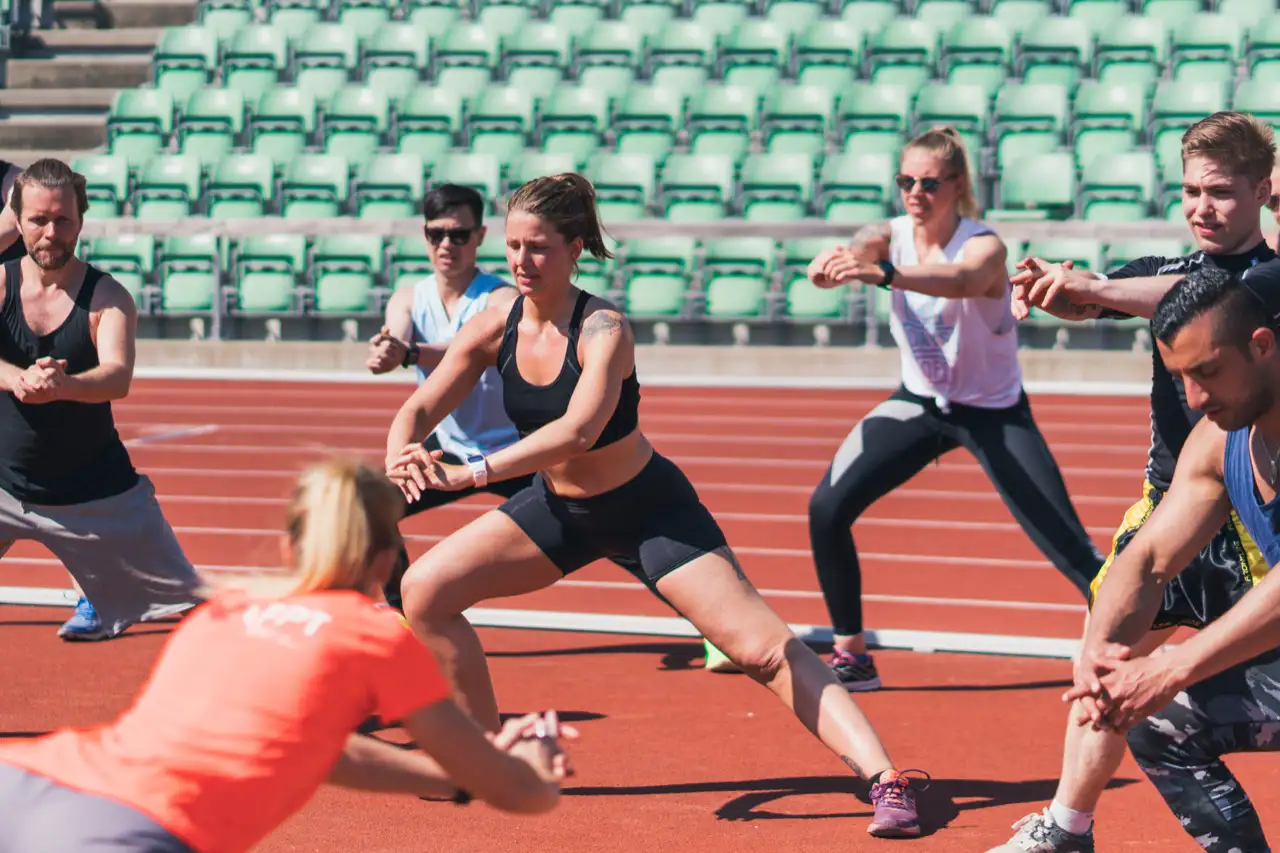Two Essential Skills For Weight-Trainers
By Charles Staley, B.Sc, MSS
Director, Staley Training Systems
http://www.staleytraining.com
While there are a lot of characteristics and traits that define skilled lifting, I believe there are two primary skills that truly separate experts from novices. The two skills I`m about to discuss allow lifters to pursue their craft for years without the troubling injuries that typically plague unskilled exercisers and Bowflex collectors.
Skill #1: The Ability To Maintain A Neutral Spine
I consider this to be the premier, hallmark ability of a skilled lifter. In essence it`s the one skill that definitively distinguishes real lifters from gym wanna-be`s who spend most of their time on the leg press.
If you were to isolate one skill that stacks the odds in your favor when it comes to keeping your spine healthy and pain-free, it`s the ability to keep said spine "neutral" at all times, but especially when it`s loaded. When you stand sideways in front of a mirror, you`ll notice a natural curve in your low back. Maintaining that curve when you do squats, deadlifts, Olympic lifts, etc., is the essence of the neutral-spine concept.
While the low back will inevitably "round" during extremely deep squatting maneuvers, you should be able to hold your arch while squatting to parallel, and in the start position for deadlifts, cleans, and snatches. People who cannot demonstrate this ability are prevented from doing so by one or both of the following two conditions:
Insufficient Motor Skills:
Quite simply, being unfamiliar with maintaining a neutral spine. For whatever reason, you`ve never been taught how to do it, and you proceed with the assumption that you`re doing everything properly, even though you`re rounding your low back enough to make your chiropractor pee himself in sheer amazement. If you`re not certain that you`ve acquired this skill, it`s a good bet that you haven`t. Seek out the services of a competent coach or trainer. "Competent" being the operative word here. My pet technique for teaching how to maintain a properly arched spine is to imagine that someone is touching you on the low back with a wet ice cube. If you vividly imagine this (or actually try it!) you`ll instinctively arch your low back. Now the trick is to maintain that arch while you lift!
Short and/or Tight Hamstrings and/or Rectus Abdominus:
Due to their attachment points on the pelvis, both of these muscles, when tight/short, cause the pelvis to tilt posteriorly (see diagram below). Here`s a simple demonstration that`ll help you visualize the effect that short abs have on your pelvic position: Standing sideways in front of a mirror, place your left index finger on your pubic bone, and your right index finger on your lower sternum. Next, make your fingers approach each other by contracting your abs, and watch what happens to the arch you used to have in your low back.
While some people manage to lift with a posterior tilt for years without apparent injury, a neutral spine can safely withstand greater loads. Learn it and live it - or risk permanently injuring your lumbar spine. It`s your choice.
Skill #2: The Ability To "Seat" The Scapulae
I consider this skill the "little brother" to the neutral spine skill just discussed. And as it turns out, the ability to maintain a neutral spine also tends to facilitate good scapular seating, and vice-versa.
Seating the scapulae is actually an amalgam of two separate but similar skills:
Retraction:
This is the easier and more familiar of the two skills, so I`ll cover it first. Scapular retraction is simply the ability to pull your scaps together behind you, as if you were trying to pinch a quarter between them. Sometimes the easiest way to understand a movement pattern is to first practice the opposite of that movement, so try this drill: stand normally, and extend your arms straight out in front of you. First, protract your scaps by trying to extend your hands even further forward than they were in a natural position. Next retract your scapulae by doing the opposite- just pull your shoulder blades backward and try to see how close you can move them toward each other. This is how your scaps should be positioned during any type of bench pressing incidentally, and in fact, benching is perhaps the primary application of this skill.
Depression:
Shrugging your shoulders is an example is scapular elevation. Scapular depression, of course, is the opposite of that. And while shrugging is a very natural motion (I do it instinctively anytime my wife asks me anything) depression tends to be far less familiar. The good news is that the inability to seat your scaps is rarely due to short muscles - usually it`s just a motor-skill issue. So practice those pull-aparts, and anytime you`re pressing (vertically or horizontally) remember that the bar should move over the smallest possible range of motion, not the longest. This is accomplished through scapular seating.
Oh, by the way, were you wondering why I`m advocating this skill in the first place? It`s because the shoulder is in its most protected position when the scapulae are kept snug to the torso during loaded activities.
Good luck with these two skills.
